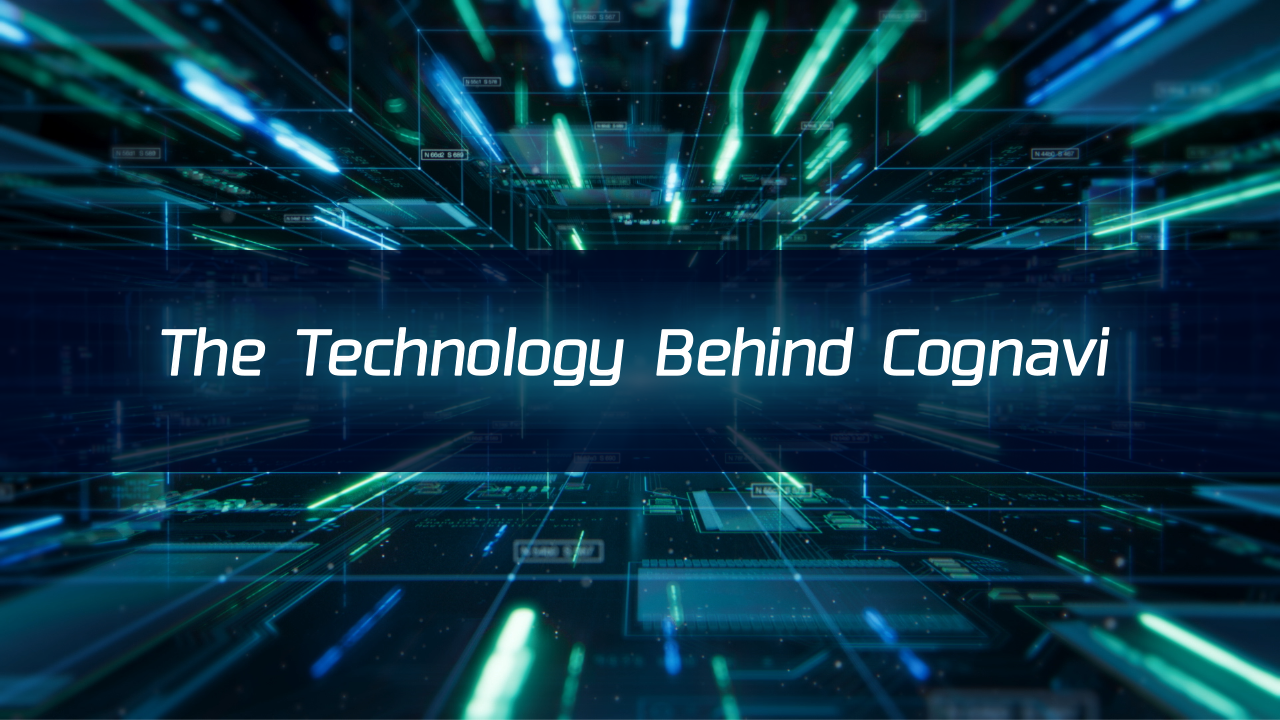Technology

A Brand New Style of Job Hunting.
Dramatically Expanding the Possibilities of Engineers
Through Skill Visualization and Direct Matching-
The skills possessed by mechanical and electrical engineers are commonly described as only work experience obtained up to the current time, the content of research and qualifications earned.
“I have only developed drivetrains, so chassis development is probably beyond me.”
“I am specialized in electrical engineering. I can’t be assigned to an engine engineering department.”
— Although people may think this way, are they correct?
Surely, there should be much greater possibilities for engineers.
Can we lead engineers to encounters with companies and workplaces they could not picture or imagine before?
Using the power of technology, can we expand the opportunities for all kinds of engineers to actively contribute in Japan, where there are worries of an engineer shortage, based on each individual’s skills and studies?
Asking such questions, our company has developed a never-seen-before direct matching system that visualizes the skills possessed by engineers and the skills required by companies in the form of tree diagrams known as Skill Trees and Technical Trees, respectively, and then demonstrates the correlation between the two using any number of relational lines, thereby allowing engineers to pursue possibilities that surpass business categories. -

-
By combining the latest technical advances with knowhow cultivated up to this time, the technology developed for Cognavi provides a one-of-a-kind system not found elsewhere. Allow us to introduce three especially unique functions.
- Cognavi Technology #1


-
In order to visualize both the skills possessed by engineers and the skills required by companies, we first focused on technology that compiles a dictionary of technical terms covering technical elements comprised of the four areas of technology/tools, products/parts, job types/processes and academic knowledge. This dictionary is composed of over 159,000 technical terms*, which surpasses limited terminology compiled by humans amounting to only 5,000 words. It also includes over 140,000 relational lines** that tie individual terms together. Using AI-based machine learning, it constantly collects the latest cutting-edge technical terms from around the world to continuously achieve automatic growth.
* This equals the number of terms as of March 2022. This figure increases daily using an automated collection system that utilizes AI.
** We employ seven total trees for Cognavi Talent Management (as of March 2022). In addition to the four aforementioned trees, we have incorporated Materials, Chemistry and Human Skills.
- Cognavi Technology #2
Matching Algorithms in Pursuit of Organizational Optimization
-
In addition to a unique search model enabling direct engineer matching, in dealing with the skills an organization lacks and is in need of satisfying, we have focused on a teaming model that specifically deduces whom an organization should add and an organizational structure model that matches combinations between people and organizations. These advances have now made it possible for companies throughout Japan, and also throughout the world, to carry out optimal engineer placement.
- Cognavi Technology #3
Decision-making Supported by AI
-
Natural language understanding, a core Cognavi technology, identifies companies’ specific skill requirements from sophisticated conversations. Based on the personal requirements and conditional requirements expressed during conversations, it can analyze optimal human resources in real time and make preparations up to and including alternative proposals. Through this system, AI can provide support that extends to decision-making concerning a company’s organizational management.
-

